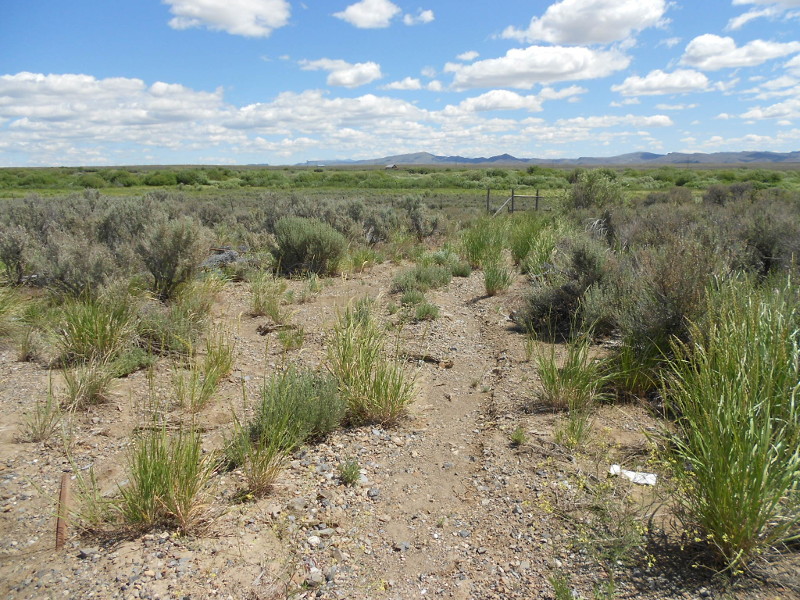| Categories: |
|---|
Estimated reading time: 2 minutes
Understanding relationships between organisms and their habitats is important to operators and regulators, as well as being critical to managing species with low population levels. Pacific salmon in the Columbia River system and sage grouse and Lahontan cutthroat trout in the Great Basin are among many examples where understanding the factors limiting the presence or number of individuals in a defined area need to be quantified in a technically sound an legally defensible way.
Spatial distribution of plants and animals are not random or regular, but clumped. Populations almost always exhibit strong spatial autocorrelation; i.e., espatially close organisms or populations are more similar to each other than they are to more remote individuals or populations. This spatial autocorrelation greatly affects most organism-habit models. These models are either specific to a single location and do not apply to other locations, or they are so general they provide no useful insights to any specific location.
The statistical family of regression models quantify relationships of organism numbers, densities, or biomass to explanatory habitat variables and are the tools of choice to evaluate factors limiting populations. Such knowledge is valuable for making ESA-listing decisions, recovery plans, and delisting criteria. This knowledge is also valuable for operators, regulators, and litigators to determine whether the regulated activity has measurable adverse impacts on organisms of concern.
This work was originally published on the Applied Ecosystem Services, LLC web site at https://www.appl-ecosys.com/blog/organisms-and-their-habitats/
It is offered under the terms of the Creative Commons Attribution-NonCommercial-NoDerivatives 4.0 International license. In short, you may copy and redistribute the material in any medium or format as long as you credit Dr. Richard Shepard as the author. You may not use the material for commercial purposes, and you may not distribute modified versions.


